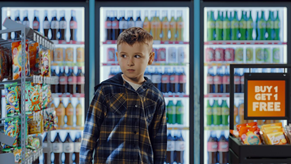Well . . . that's not on the menu.
The page you’re looking for has moved or doesn’t exist anymore.
Here are some links to help you get to the information you need.
Not what you are looking for? Drop us an email and let us know what you need at [email protected].
Our job is to help people make safe and healthy food choices. Here’s where you can learn more about us.




